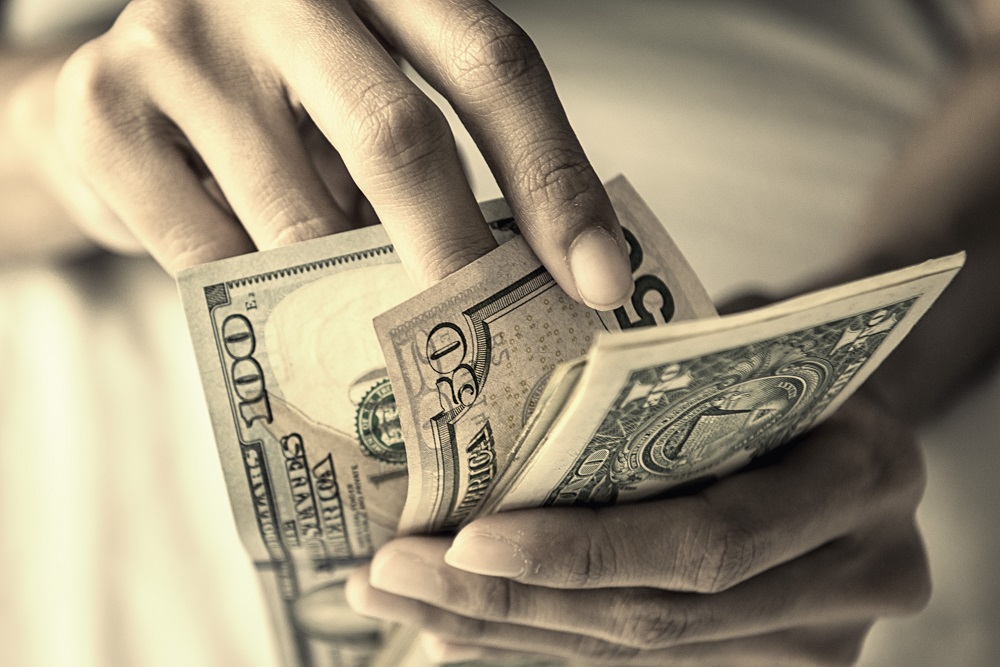“Life is expensive.” That’s what I always tell my kids to prepare them for the real world. But even I wasn’t ready for the shock when I opened the envelope with my auto insurance renewal.
Despite being with my insurance company for six years with no claims, my rate more than tripled!
The culprit? A new 16-year-old male driver.
Like many of you, I have auto insurance, life insurance, homeowners insurance and a few others. Insurance companies make a lot of money off of me (I prefer it stays that way as opposed to getting paid a big claim) and a lot of other people.
It’s a great business model. People pay insurance companies to protect themselves from scary things, which don’t happen for the most part. And if those bad things do happen, enough people avoid misfortune that the insurers still make money, even after paying out to the few who did have a problem.
There are a lot of skyscrapers in big cities with the names of insurance companies on them. The New York Life building in Manhattan. The Transamerica Pyramid in San Francisco. The Willis Tower (formerly Sears Tower) in Chicago.
In other words, insurance companies make a lot of money.
When it comes to your money, you can replicate the insurance companies’ business model.
Here’s how…
Some investors, worried about a decline in the market or their individual stocks, buy insurance on those stocks. The insurance is a put option.
Puts are small bets that the stock will go down. If it does, the owner of the put makes money, partially or completely offsetting the loss in the stock.
For example, an investor buys 100 shares of Facebook (Nasdaq: FB) at $159. They are concerned that the stock could fall, so they want to hedge their bet.
They buy insurance in the form of a July $150 put. That means if the stock drops to $150 or below by the third Friday in July (options usually expire the third Friday of the month), the owner of the option has the right to “put” or sell their stock to the seller of the option at $150.
Even if the stock craters to $100, they can sell their stock at $150, minimizing the loss. Or, if they want to hang on to their stock, they can sell their put at a profit and keep the money, offsetting the paper loss on their stock.
But what happens if Facebook doesn’t drop to $150?
The seller of the put keeps the money. Just as the insurance company keeps your insurance premium every year your house doesn’t burn down.
So to replicate the role of the insurance company, conservative income-oriented investors can be the sellers of puts.
As the put seller, you collect the income that the put buyer pays to protect their investment. If the stock does not fall to the agreed-upon price (called the strike price), the seller keeps the money.
If the stock falls to or below the strike price, the seller can either buy back the put (possibly at a loss) or buy the stock at the strike price (if the put buyer demands it; it’s up to them).
For that reason, you should sell puts only on stocks that you want to own at the strike price.
In the Facebook example, you would sell the July $150 puts only if you were comfortable buying Facebook at $150. If you do not want to own Facebook at $150, you would not sell the put.
It’s just like how an insurance company won’t insure a house in Florida near the ocean or one in California on a fault line.
Best of all, it is a conservative strategy. Insurance companies don’t like to take risks. The put seller doesn’t either.
Why try to reinvent the wheel? Be the insurance company and make tons of money.
And if you can give me a break on a policy that covers my 16-year-old son, I’d appreciate it.
Good investing,
Marc
